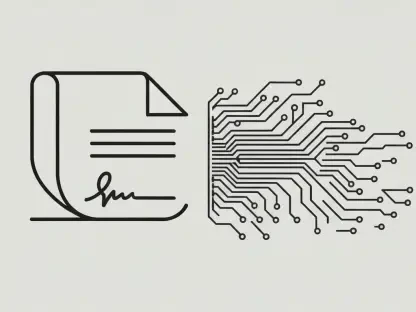The debate surrounding the reform of Alberta’s auto insurance system has never been more intense or more necessary. Only a few years have passed since the implementation of measures aimed at controlling premium rates, and already the policies are under scrutiny. Critics, including Jack Mintz, President’s Fellow at the University of Calgary’s School of Public Policy, argue that these controls, such as the current rate cap and the provincial grid system, may end up doing more harm than good in the long run. According to Mintz, these price control measures could lead to significant spikes in premiums in the future, adversely affecting both drivers and the insurance market as a whole. In his report titled “Alberta’s Vehicle Insurance Options,” Mintz lays out a detailed critique of the current system, highlighting its inherent inefficiencies and recommending the abolition of both the rate cap and the grid.
Rising Costs and Challenges to Policy Effectiveness
Since 2023, the Alberta government has attempted to rein in the rising costs of auto insurance by implementing a series of measures such as freezing rate filings and introducing a 3.7% rate cap for good drivers in 2024. However, Mintz points out that a multitude of cost increases, which have far surpassed the 3.7% cap, cast doubt on the effectiveness of these measures. For instance, legal costs for auto insurance claims have risen by 19%, care and recovery benefits by 27%, and new vehicle costs by another 27%. Additionally, used vehicle costs have seen an uptick of 9%, auto theft rates have surged by 55%, and the government’s health levy on auto insurers has ballooned by 60%. These escalating costs present a compelling argument that the current policies may not be sustainable and could, in fact, exacerbate the problem they aim to solve.
The Insurance Bureau of Canada (IBC) has echoed some of Mintz’s concerns, noting that almost a decade of government intervention has only served to aggravate the underlying cost pressures within the industry. Aaron Sutherland, vice-president of the IBC, stresses that without meaningful reforms, these pressures will continue to mount, and consumers will ultimately bear the brunt in the form of higher premiums and reduced services. This consensus between Mintz and Sutherland indicates a significant need for a shift toward more fundamental changes in the system.
Advocating for a Competitive Market
Both Mintz and Sutherland advocate for a transition towards a more open and competitive market for auto insurance in Alberta. They argue that removing existing price caps and fostering competition could result in fairer premiums and better services for consumers. According to their analysis, the current system not only undermines economic efficiency but also poses a threat to fairness and financial stability. Mintz believes that the rate cap system unfairly disadvantages safer drivers by capping rates for high-risk drivers. This, in turn, discourages good driving behavior and shifts the burden onto those who are less likely to file claims but still face higher premiums.
Furthermore, the proposed move toward a competitive market is framed as a solution that could lead to better pricing, improved services, and increased innovation in the auto insurance industry. Proponents argue that a deregulated environment allows insurers to tailor their offerings more effectively to meet consumer needs, thereby driving down costs through competitive pricing strategies. Moreover, an open market would enable new entrants to challenge established players, leading to more choices and potentially lower premiums for drivers.
The Need for Comprehensive Reforms
Mintz and Sutherland advocate for a shift towards a more open and competitive market for auto insurance in Alberta. They argue that removing current price caps and encouraging competition could lead to fairer premiums and better services for consumers. Their analysis suggests the existing system not only undermines economic efficiency but also threatens fairness and financial stability. Mintz points out that the rate cap system unfairly penalizes safer drivers by capping rates for high-risk drivers. This discourages good driving behavior and places a heavier financial burden on those less likely to file claims, yet still facing higher premiums.
Additionally, the move towards a competitive market is seen as a solution that could lead to better pricing, improved services, and increased innovation in the auto insurance industry. Proponents assert that a deregulated environment would allow insurers to better tailor their offerings to meet consumer needs. This could drive down costs through competitive pricing strategies. An open market would also invite new entrants to challenge established players, resulting in more options and potentially lower premiums for drivers.









